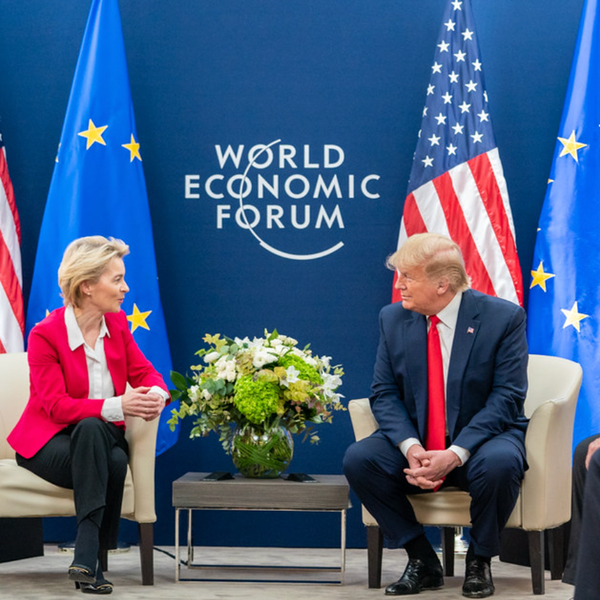
By Michael Doyle, McClatchy Washington Bureau (TNS)
WASHINGTON — The Ferguson fallout will include more police officers nationwide wearing cameras as part of their uniforms.
Lawmakers like Sen. Claire McCaskill (D-MO) are talking about federal funding. Researchers are digging into data about costs and benefits. Cities that already have equipped police with cameras are fielding questions from those that are considering it.
“The officers have welcomed them, and I think the community has, too,” April R. Harris, treasurer of the Greensboro Police Foundation in North Carolina, said in an interview Wednesday, recalling that “before we had the cameras, we had here in Greensboro a couple of police situations where it was, ‘He said, she said.’ ”
The Greensboro Police Foundation raised more than $100,000 to purchase the cameras for the city’s police department. While the fundraising drive was a success, the need for it also underscored one of the challenges ahead: the cameras can be costly.
The cameras’ use, moreover, can open up unanticipated conflicts. Harris noted, for instance, that there are now questions about whether the video taken by a camera worn by an officer amounts to a personnel record that’s exempt from public release.
There’s no doubt, though, that the shooting of unarmed teenager Michael Brown by Ferguson Police Officer Darren Wilson is prompting much more interest in the cameras that can capture an ambiguous encounter.
“Since Ferguson, the agencies will look more closely to see, ‘How can we make this happen?’ but also, ‘How can we do it right?’ ” Lindsay Miller, senior research associate at the Police Executive Research Forum, said in an interview Wednesday.
Miller, co-author of an extensive Justice Department-funded study of police cameras, noted that, even before Ferguson, the cameras often first deployed “in smaller and mid-sized agencies” have in the last year or two been adopted by larger agencies.
Charles Katz, an Arizona State University criminology associate professor, agreed that the Ferguson incident will accelerate the use of body-worn cameras.
No good public estimate exists for how many law enforcement agencies currently deploy officers with cameras. The agencies that do use them vary widely in size and sophistication. The two-officer police department in Miller’s hometown in rural Missouri uses body-worn cameras, and so, as part of a test run, does the Los Angeles Police Department.
The Police Executive Research Forum study included a survey with responses from 254 law enforcement agencies, 63 of which reported using body-worn cameras.
The analysts identified tangible benefits that include better documentation of evidence, increased police accountability and a reduction in the use of force.
A yearlong study of the Mesa Police Department in Arizona, for instance, found that camera-wearing officers had 40 percent fewer public complaints, and 75 percent fewer use-of-force complaints, than they had without wearing cameras. Camera-wearing police in Rialto, Calif., had an 88 percent reduction in citizen complaints.
But with the benefits come costs and questions.
Individual cameras can cost in the range of $800 to $1,200, although TASER International markets an “ultra-durable on-officer camera” for $399. Thirty-nine percent of agencies responding to the Police Executive Research Forum survey identified price as a primary reason for not ordering the cameras.
Private fundraising, akin to what happened in Greensboro, has been one solution. The Los Angeles Police Department raised nearly $1.3 million in private funds for officer cameras, which began as a pilot project last January. Another solution could be federal aid, of the sort being suggested by McCaskill.
“She is specifically looking at options for prioritizing federal resources that go to local police departments, so that body cameras come first, before other equipment,” McCaskill spokeswoman Sarah Feldman said in an interview Wednesday, stressing the idea is “not a mandate.”
Other questions, beyond funding, include:
— How much discretion will individual officers have to turn off the cameras for certain particularly sensitive encounters, such as meetings with informants or during work at crime scenes?
— How will the privacy interests of victims be protected, and how will those privacy interests be balanced against the public’s?
— How will the video recording of encounters change the behavior of citizens and officers alike?
The questions are prompting states and municipalities to come up with different answers, on policies ranging from how long video recordings are stored to who has a say in the video recording.
Pennsylvania legislators, for instance, passed earlier this year a law waiving the previous requirement that police obtain consent before video recording another person. In some other states, the old two-party consent rules still apply.
Police unions, too, weigh in, and sometimes voice resistance. In New York City last year, the Patrolmen’s Benevolent Association pushed back against U.S. District Judge Shira Scheindlin’s order that the city initiate a pilot program equipping officers with cameras in selected precincts.
The pilot program has begun, though union leaders maintain that mandated use of body cameras is a workplace condition that should be negotiated as part of an overall labor contract. Scheindlin insisted on trying the cameras as part of a ruling that struck down the city’s controversial stop-and-frisk policy.
“The recordings should also alleviate some of the mistrust that has developed between the police and the black and Hispanic communities,” Scheindlin wrote, adding that “video recordings will be equally helpful to members of the NYPD who are wrongly accused of inappropriate behavior.”
Photo: A St. Louis County Police tactical team arrives on West Florissant Avenue to disperse the crowd as the Beauty Town store burns on Monday, Nov. 24, 2014. (David Carson/St. Louis Post-Dispatch/TNS)








